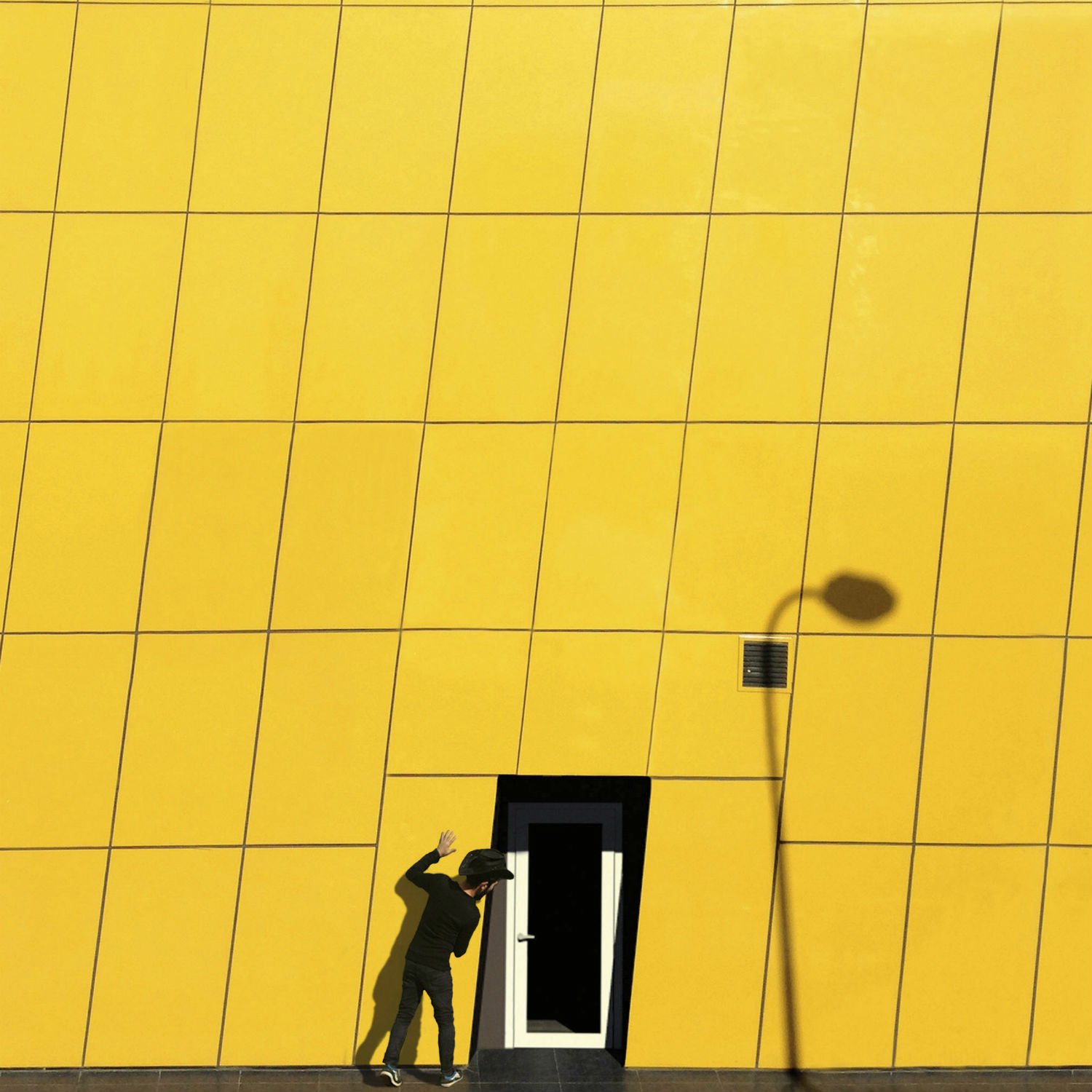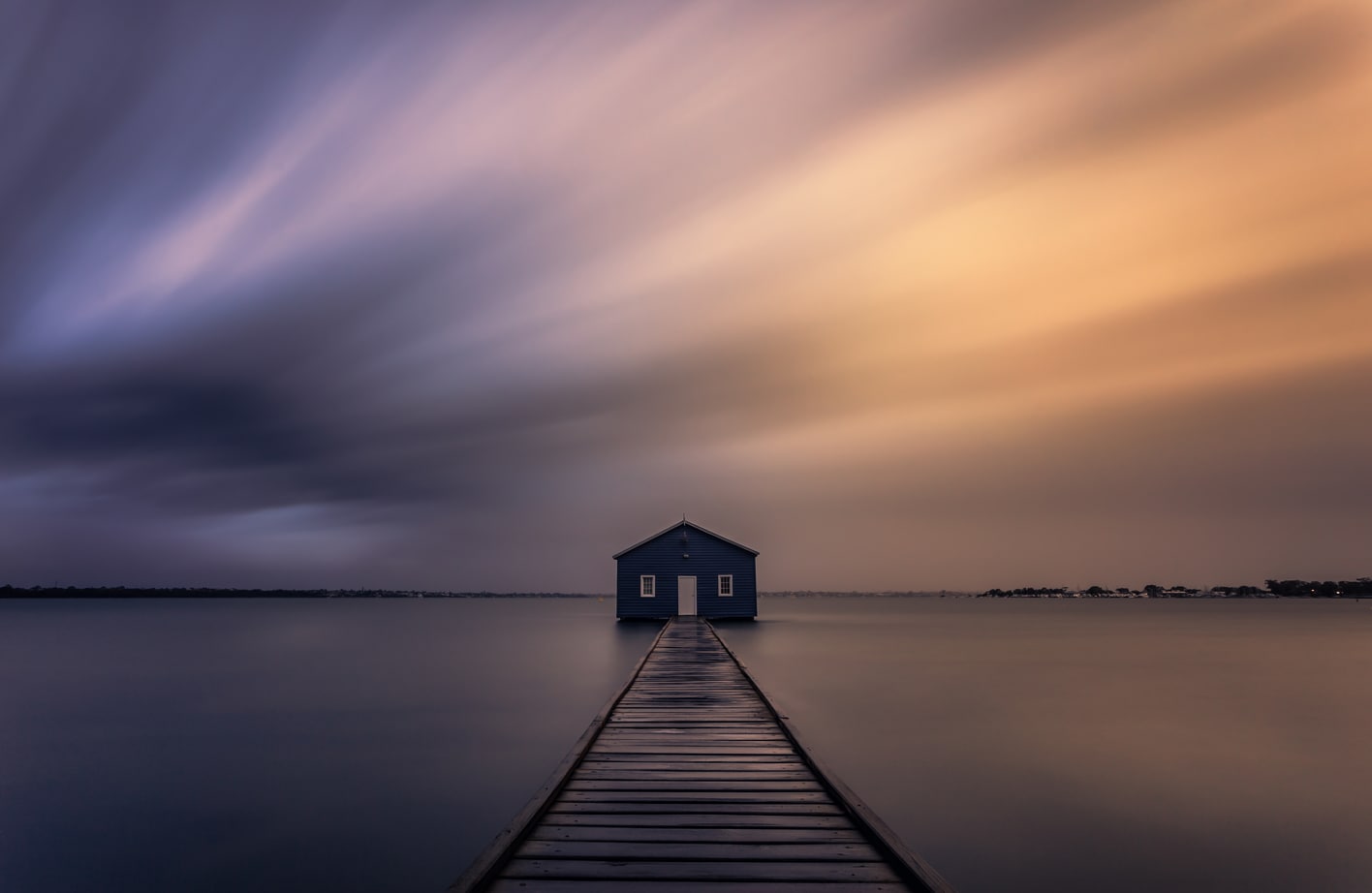Embracing Minimalism: The Beauty of Simplified Composition in Photography
@jorgebscomm for @empowervmedia*
Welcome back to Style & Technique Photography, your trusted companion on the path to photographic mastery! Today, we delve into the world of minimalism, a philosophy that transcends everyday life and finds profound expression in the art of photography. Here, we explore the power of stripping away the excess and creating compelling images through simplified composition.
 |
| Minimalism transcends everyday life. (📷 peliegra) |
The Essence of Minimalism in Photography
Minimalism in photography is an approach that emphasizes simplicity and essential elements. It's about composing an image with intention, removing distractions, and allowing the core subject to breathe. Less becomes more, as negative space, clean lines, and a focus on the essential elements create a powerful visual statement.
 |
| (📷 visme) |
Why Embrace Minimalism?
Minimalistic composition offers a multitude of benefits for photographers at all levels:
• Stronger Visual Impact: By removing clutter, you draw the viewer's eye directly to the subject, resulting in a more focused and impactful image.
• Enhanced Emotional Connection: Minimalism allows the viewer to interpret the image more freely, potentially evoking deeper emotions and personal connections.
• Emphasis on Form and Texture: With simplified compositions, subtle details like texture and form become more prominent, adding depth and interest to the image.
• Creative Storytelling: Minimalism can be a powerful tool for storytelling. By focusing on a single element or a specific interaction of light and shadow, you can convey a narrative without overwhelming the viewer.
• Technical Refinement: Minimalism encourages discipline and precision in composition. It pushes you to carefully consider each element and how it contributes to the final image.
 |
| By removing clutter, you draw the viewer's eye directly to the subject. (📷 fstoppers) |
Mastering the Art of Minimalist Composition
Negative Space: The empty areas surrounding the subject is just as important as the subject itself. Use it to balance the composition and draw attention to your focal point.
 |
| Use negative space to balance minimalist compositions. (📷 digital-photography-school) |
Lines and Geometry: Look for clean lines and geometric shapes within your scene. Leading lines can guide the viewer's eye, while geometric shapes can add structure and visual interest.
Colour and Light: In minimalist photography, colour and light become powerful tools. Consider using a limited colour palette or monochromatic tones to emphasize simplicity. Utilise light strategically to highlight textures and create mood.
 |
| Strategically using colour and light emphasizes simplicity. (📷 scene360) |
Rule of Thirds: The rule of thirds remains a valuable tool for minimalist composition. By placing your subject off-centre, you create a more dynamic and visually engaging image.
Subject Selection: Not everything can be a minimalist masterpiece. Look for scenes or objects with inherent simplicity and clean lines. Focus on textures, patterns, and negative space that lend themselves to a minimalist approach.
▶️ 1m16s
Minimalist Photography Techniques
Long Exposure Photography: Capture ethereal landscapes and smooth textures with long exposure techniques, creating a sense of stillness and simplicity.
 |
| Long Exposure Minimalist Photography. (📷 capturetheatlas) |
Silhouettes: Silhouettes, created by backlight, are a classic minimalist technique. They allow you to play with negative space and focus on the form of your subject.
 |
| Silhouettes created by backlight. (📷 wired) |
High-key and Low-key Photography: Experiment with high-key and low-key photography for a dramatic and minimalistic effect.
 |
| 'High-key' vs 'Low-key' (📷 thephotographyprofessor) |
Macro Photography: The world of macro photography reveals intricate details and textures often unseen by the naked eye. This technique allows for minimalist compositions that capture the beauty of the small and simple.
 |
| Macro photography reveals intricate details and textures. (📷 photographylife) |
Abstract Photography: Abstraction is another avenue to explore in minimalist photography. Focus on shapes, colours, and patterns within a scene to create visually intriguing and thought-provoking images.
| Abstraction is another minimalist avenue. (📷 pixelstalk) |
Minimalist Photography Inspiration
Immerse yourself in the work of renowned minimalist photographers like:
• Ansel Adams: Renowned for his black and white landscapes, known for their stark beauty and dramatic use of light and shadow.
• Saul Leiter: A pioneer of colour street photography, using vibrant colours and geometric shapes to create captivatingly simple compositions.
• Helmut Newton: Master of fashion photography, utilizing bold lines, negative space, and dramatic lighting to create minimalist yet impactful images.
• Hiroshi Sugimoto: Explores themes of time and space through minimalist black and white photographs of seascapes and architecture.
• Gregory Crewdson: Creates surreal and dreamlike scenes with a minimalist aesthetic, often featuring stark empty spaces and single figures.
.jpg) |
| HIROSHI SUGIMOTO (NÉ EN 1948) , Sea of Japan, Hokkaido I, 1986 (📷 christies) |
Minimalist photography is an artistic journey that invites you to see the world with fresh eyes. By embracing simplicity and focusing on essential elements, you can create compelling and evocative images that resonate with viewers. So, grab your camera, simplify your surroundings, and embark on a creative exploration of minimalist composition. Remember, sometimes, less truly is more.
*AI assisted



Comments
Post a Comment